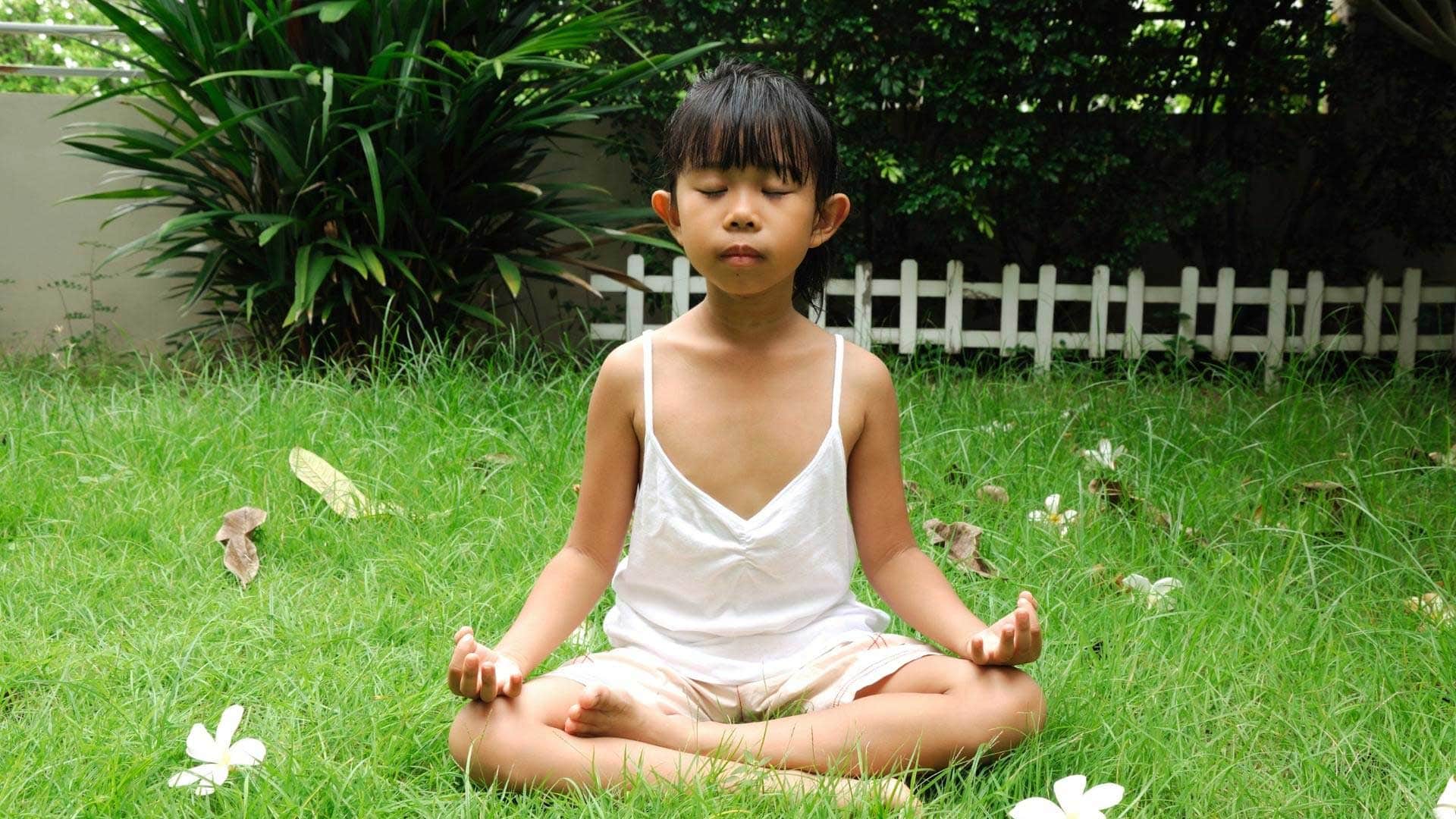
- Home
- Directory
- Events
- Retreat
- Yoga Practices
- Yoga Research
- Wellness Research in Yoga
- Yoga Research on Pandemic
- Yoga Research in Diabetes and Endocrine System
- Yoga Research in Cardiovascular System
- Yoga Research in Depression, Anxiety and Mental Disorders
- Yoga Research in Musculoskeletal System
- Yoga Research in Musculoskeletal System
- Yoga Research in Oncology
- Technology Research and Application in Yoga
- Blog
- Adi Gurus






Meditation
Meditation, dhyána, and “prolonged, deep meditation”, samádhi, is an integral part of the ancient ashtánga yoga (eight-limbed yoga), which is the Patanjali yoga system. It is also called classical yoga and raja yoga, royal yoga. Patanjali yoga is mainly concerned with cultivating the mind by meditation (dhyána) to be liberated, as it is called. It aims at reaching a state of yoga, in part by yoga postures, asanas, and even more by meditation.
Samādhi (Sanskrit: समाधी, also called samāpatti), in Hinduism, Jainism, Buddhism, Sikhism, and yogic schools, is a state of meditative consciousness. In the yogic traditions, and the Buddhist commentarial tradition on which the Burmese Vipassana movement and the Thai Forest tradition rely, it is a meditative absorption or trance, attained by the practice of dhyāna.In the oldest Buddhist suttas, on which several contemporary western Theravada teachers rely, it refers to the development of a luminous mind which is equanimous and mindful. Samadhi is the last of the eight elements of the Noble Eightfold Path. It is often interpreted as referring to dhyana, but in the sutras samadhi and dhyana are not the same.
{{locationDetails}}